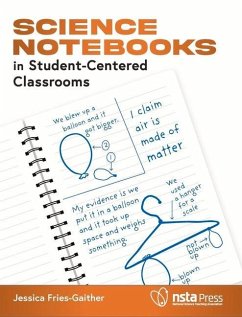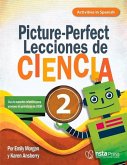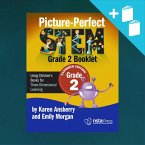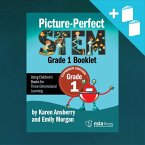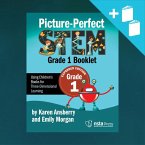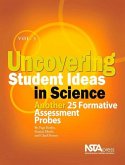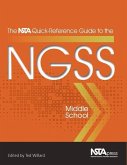Thinking made visible: That's what happens when elementary students record their thoughts in science notebooks. This practical guide shows how notebooks can become a tangible record of their emerging understanding of and proficiency in science. Students can use their notebooks to pose questions, write down observations, work through puzzling data, or think through new ideas. You can use them to ascertain each student's strengths and challenges in participating in the academic work of science. Science Notebooks in Student-Centered Classrooms offers the following: ¿ Specific guidance on how to start using notebooks-or improve what you already do. Find out how to help students learn to organize information while also preserving their own voices and choices. Many of the samples are from actual student notebooks. ¿ Advice on the best ways to use notebooks. Explore lessons, instructional routines, and assessment techniques that pair well with science notebooks. ¿ Practical techniques. Discover how to use notebooks to assess student work and plan future lessons even as you integrate language arts and mathematics into your science class. ¿ Blackline masters you can use at your discretion. These are provided in the appendix for organizational elements (such as a table of contents) and instruction (graphic organizers). Throughout, the book's approach aligns with the vision in A Framework for K-12 Science Education, the Next Generation Science Standards, and current research about notebooks. You can be sure the strategies in this book really work because author Jessica Fries-Gaither is a veteran teacher who has personally tested every technique. She is also the author of the award-winning NSTA Kids books Notable Notebooks: Scientists and Their Writings and Exemplary Evidence: Scientists and Their Data. As she says in the book, science notebooks have the power "to engage students as active participants in the practice and learning of science."
Bitte wählen Sie Ihr Anliegen aus.
Rechnungen
Retourenschein anfordern
Bestellstatus
Storno

